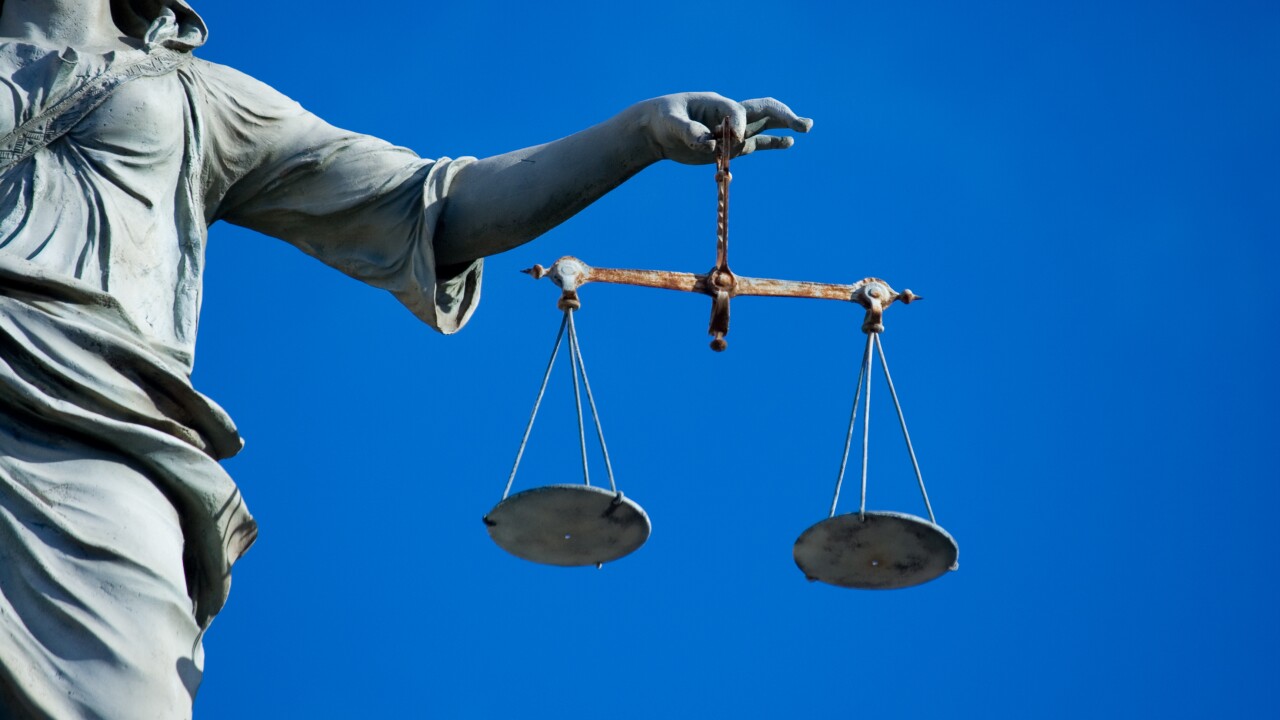GREENSBORO, N.C. — County and school leaders need to decide by this summer, at the very latest, if they will seek voters' permission this year to issue bonds to pay for school construction.
If they miss that deadline, the next chance to get on the ballot would be 2022.
Guilford County commissioners discussed Thursday a timeline and options for potentially paying for a $2 billion school facilities master plan backed by Guilford County Schools Superintendent Sharon Contreras. A joint facilities committee of commissioners and school board members will continue the conversation on Tuesday.

Under some possibilities the commissioners are discussing, voters could face two questions on the ballot: Can the county issue bonds for school construction? And can it increase the sales tax?
Money raised from a sales tax increase would be intended to pay the school bond debt. Without a sales tax increase, the county would likely look to pay for the debt with just property tax increases.
Issuing a bond allows the county to take on long-term debt to pay for projects, rather than paying the full cost outright. It's a standard procedure employed by governments across the country.
Generally, the rationale for using bonds rather than trying to pay up front is that the community will likely benefit from new school construction for many decades to come, so it is reasonable for future residents to also help pay for the construction costs.
Any bond referendum would ask voters if they agree to issuing a specified dollar amount for school bonds. If approved, the county would issue the bonds and then pay the debt over time.
The county brought in advisers to draw up a range of scenarios based on different bond amounts, which ranged from $700 million to $1 billion in Thursday's presentation.
Commissioners didn't signal at the work session how much money they might be willing to spend. At a past meeting of the joint facilities committee, members had discussed the possibility of splitting the work and cost of the $2 billion plan into multiple phases and referendums, with the county potentially returning to voters later for additional bonds.
The county's advisers presented options on Thursday for how to pay for the referendum based on either a half cent sales tax increase, a quarter cent increase, or no increase. Property tax increases, the other option under consideration, don't require a referendum. Guilford County's current property tax rate is 73.05 cents per $100 of taxable property.
The Guilford County Board of Education would need to adopt a resolution petitioning the county to issue the bonds. County administrators recommended they do that in March, but no later than August. They recommended commissioners adopt a bond order sometime between March and late July.
Nothing in the law requires the joint facilities committee to make a recommendation to the boards about what to do.
That left some commissioners wondering whether such a recommendation would take place.
Commissioners Chairman Jeff Phillips said he thought the joint committee would talk through options for a referendum on Tuesday, but probably not come to a conclusion, at least not at that meeting.
School board member Winston McGregor said at Thursday's work session that if Phillips was feeling "super generous" the joint committee probably could agree on a recommendation on Tuesday.
"I'm feeling super cautious," Phillips replied.
Commissioners also discussed Thursday whether to also seek voter approval in November to increase the sales tax, with the intention of using money raised to help pay back the school bond debt.
They are looking at perhaps an increase of either a quarter cent or half cent per dollar spent.
Any such increase would have to be approved by voters. It would be a separate question from whether to issue the bonds.
Currently, state law only allows for a quarter cent increase, but commissioners discussed the possibility that state senators might pass House Bill 667, which would allow for a half cent increase.
Existing law also does not allow for specifying where a sales tax increase would be spent, and some commissioners have expressed concern that voters would be uninterested in approving a tax increase without knowing how it would be used. The proposed bill would change that also.
Guilford County levies 2 cents per dollar in sales tax on most purchases in the county. That adds to the state sales tax for a combined general rate of 6.75 cents per dollar.
A quarter cent county increase would bring the total up to 7 cents and a half-cent increase would bring it to 7.25 cents.





